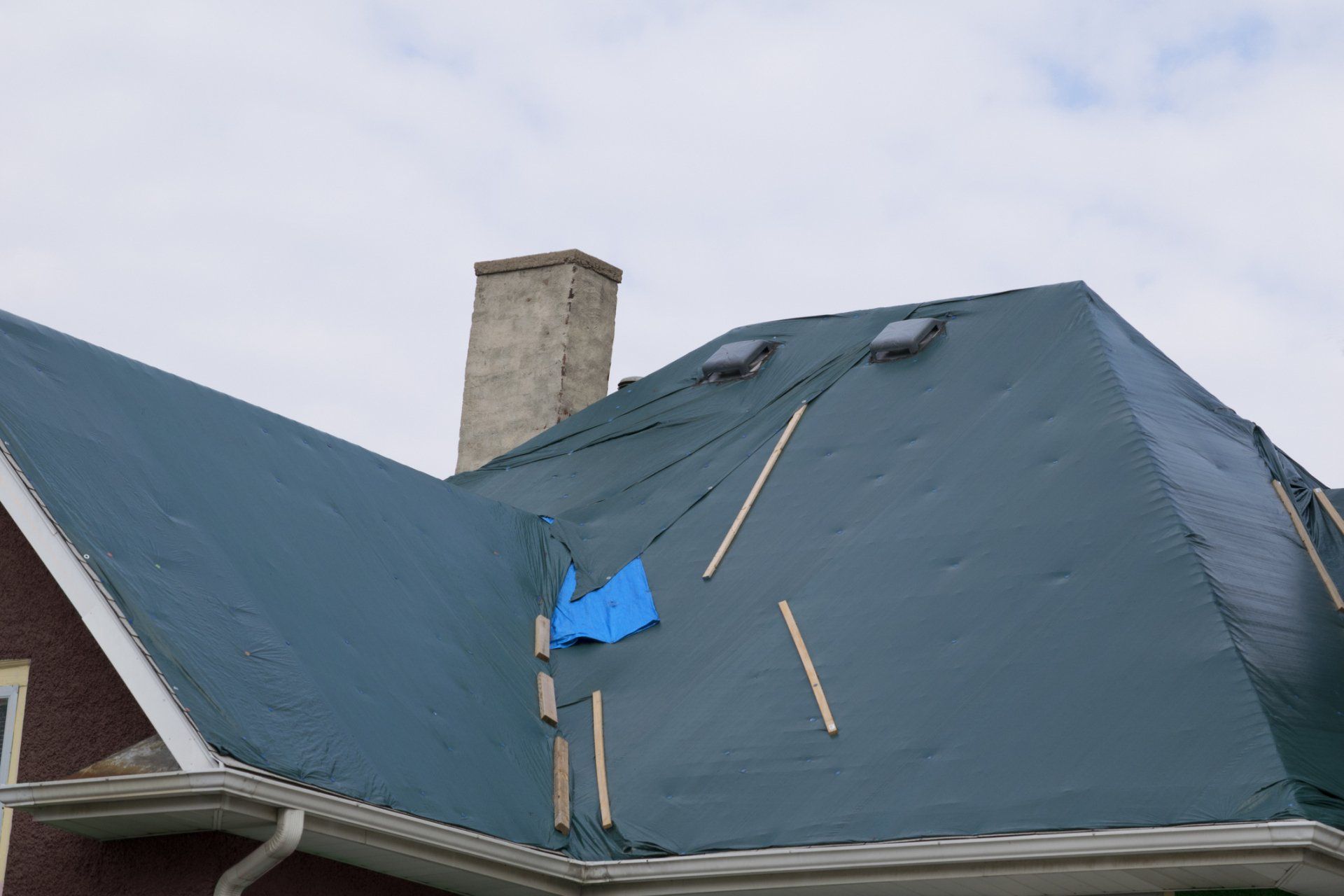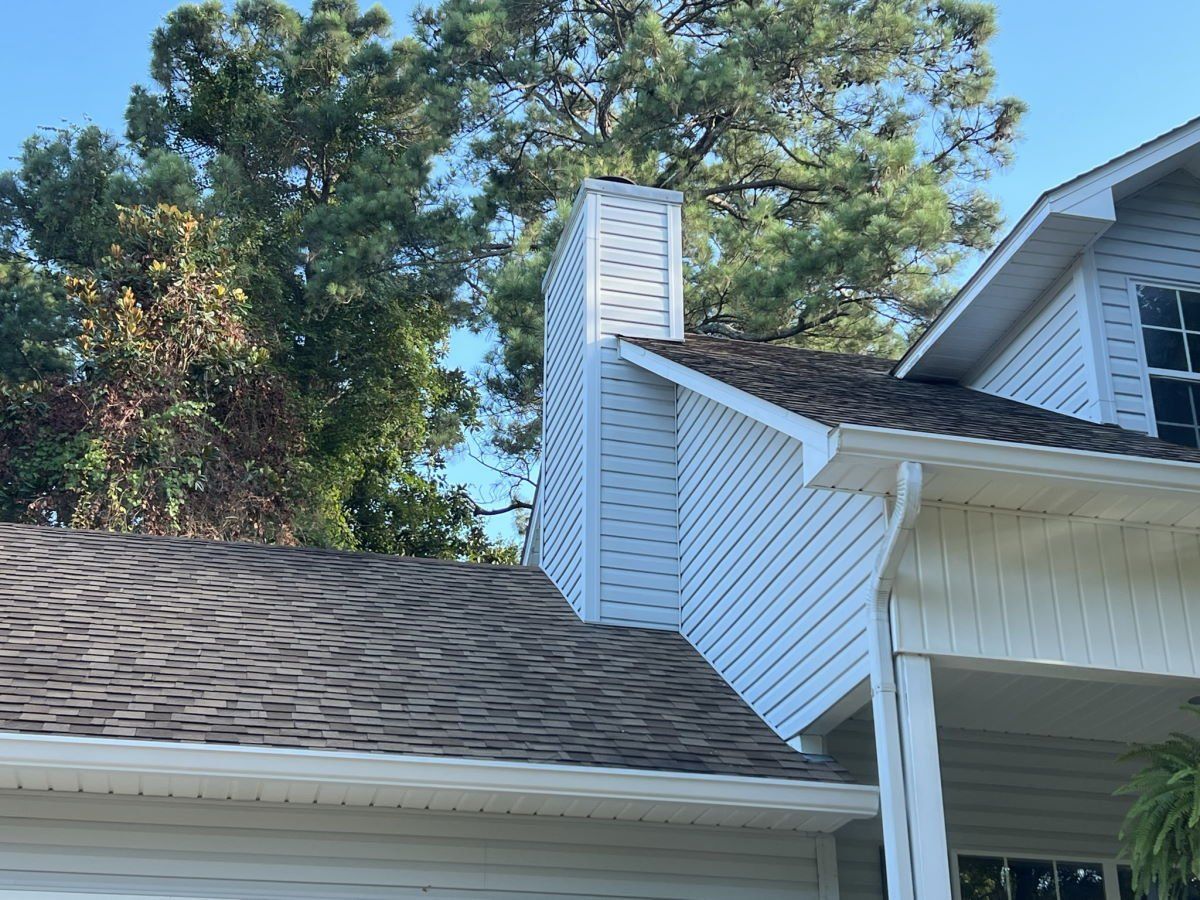Free Estimates | Call Us Today
How to Know When It's Time to Replace Your Roof
How to Know When It's Time to Replace Your Roof
Your roof is one of the most important parts of your home. It protects you and your family from the elements and can add value to your property.
A roof is a big expense — The last thing you want is to have to replace your roof, but you should be prepared just in case.
If you are starting to notice that your roof needs repair, it may be time for a replacement.
This blog post will discuss the warning signs that indicate you need to replace your roof.
1. Leaks In the Entire Roof
One of the most obvious signs that you need roof replacement is if you have a leaking roof.
Look for leaks near the chimney, vents, pipes, skylights, or valleys. Cracks in flashing or shingles can also lead to leaks.
Water can also leak into attics or crawlspaces. Water can sometimes reach these areas because of foot traffic or a contractor's equipment. These damages can expose the underlying wood to moisture, leading to structural damage.
If you notice any leaks, getting them fixed as soon as possible is important to prevent further damage to your home. Leaks can cause water damage, which can be expensive to repair.
Roof leakage can happen for several reasons, such as:
- Damaged shingles
- Clogged gutters
- Faulty flashing
With time, your roof's weatherproofing materials or roof cement will degrade and allow water to seep through the roof deck.
If you have any of these problems, you should call a roofing contractor to take a look.
They will be able to tell you if you need a new roof or if the problem can be fixed.
2. Missing or Broken Shingles
During a storm, the roof's shingles can even blow off, leaving your home exposed to the elements. If you notice that any of your shingles are missing or broken, it is a sign that you need to replace your roof.
Shingles can break for several reasons, such as:
- Severe weather
- High wind damage
- Hail damage
- Tree limbs falling on your roof.
Your roof shingles and tiles are made out of materials that are designed to stand up to harsh weather conditions. Over time, however, these materials will break down — especially if they haven’t been properly maintained over the years. Missing shingles leave your roof vulnerable to water damage and leaks.
If you notice any missing or broken shingles, you should call a roofing contractor to inspect your roof and make the necessary repairs.
You may be able to replace the shingles yourself if the damage is not too severe.
The best way to prevent leaks is to keep a strict maintenance schedule and perform regular inspections. It's always good to check your rooftop for damages after a violent storm.
The shingles can buckle or curl due to extreme heat exposure. If you see any of these signs, it means that the shingles are no longer providing adequate protection, and you will need to replace your roof.
Additionally, overhanging trees and shrubbery can destabilize the roof and cause damage to shingles and flashing. To prevent these problems, homeowners should get a regular roof inspection. In addition, homeowners should trim overhanging trees and shrubbery to prevent damage.
3. Granules From the Roof's Shingles In the Gutter
If you notice granules from the shingles in your gutter, it is a sign that your roof needs to be replaced.
The granules protect the shingles from UV rays and help them last longer.
As the shingles age, they will start to lose their granules.
You should call a roofing contractor to inspect your roof and make the necessary repairs.
It's always better to catch this problem early before it causes more extensive damage
4. Water Stains On Ceilings and Walls
Water stains on your ceilings and walls generally show roof rot.
If you notice any water stains, there is a leak in your roof. If the leak is bad enough, it can cause roof damage, leading your ceiling to collapse.
If you have any concerns about the stability of your roof, you should have it inspected by a professional immediately.
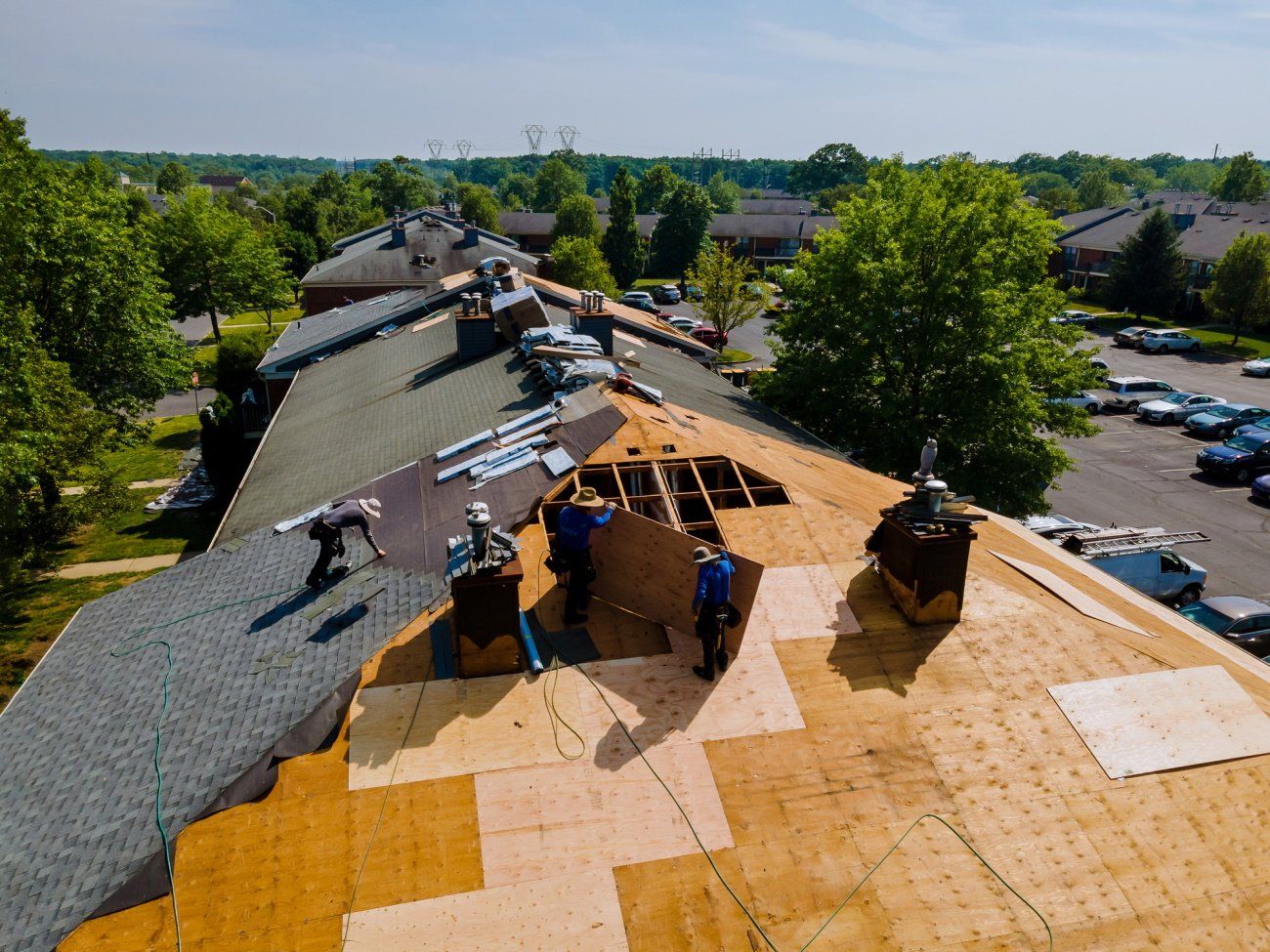
5. Moss and Plants
Moss and plants are a good sight in the garden but not on your roof. Moss and plants growing on your roof signify that your roof has trapped moisture. This could be due to a leak or the old roof.
Another common sign of roof failure is the presence of algae on your roof. Algae spores travel throughout the air and latch on to anything they can find. If you notice algae on your roof, you'll need to address this problem before the problem gets out of hand.
This growth can make your home look like a fairytale cabin in the woods. While moss is not a sure sign that your roof is failing, it is a warning sign that the support structure is crumbling.
You should remove any moss or plants growing on your roof as soon as possible. To remove moss, you can use a brush.
If the problem persists, you should call a roofing contractor to inspect your roof and make the necessary repairs. They will be able to determine the cause of the problem and make the necessary repairs.
6. A Soft Spot On the New Roof
A soft spot on your roof is a sign of serious structural damage.
If you step on the soft spot and it sinks or feels spongy, this is a sign that the decking or trusses are damaged.
Soft spots occur when the supporting structure of your roof rots or deteriorates. It doesn't necessarily mean that your whole roof is collapsing, but it's a serious problem that needs to be addressed immediately.
Do not attempt to fix this problem yourself, as you could cause further damage.
You should call a roofing company to inspect your roof and make the necessary repairs.
7. Mold or Mildew Growth
Mold growth is another sign of a roof leak. If mold or mildew is growing inside your home, it’s very likely that a leak is present. Mold and mildew love wet conditions and trapped moisture — they grow very quickly.
Mold and mildew can also damage the structure of your home. If left unchecked,
If you see mold or mildew growing on your walls, ceilings, or attic, there is a water leak somewhere in your home.
This problem must be addressed immediately, as mold and mildew can cause serious health problems.
When mold and mildew grow, they release spores into the air. These spores can cause respiratory problems, such as asthma. If you have mold or mildew in your home, you should call a professional to inspect your roof and make the necessary repairs.
8. Poor Energy Efficiency
If your energy bills have been increasing, but you can’t figure out why it could be due to a leaky roof.
A leaky roof can cause your home to lose heat in the winter and cool air in the summer. This will make your HVAC system work overtime to maintain your home's temperature, increasing your energy bills.
If you’ve noticed an uptick in your cooling bills and can’t figure out why, try checking your roof for leaks.
If you find a leak, you might need a new roof
A new roof will not only improve the energy efficiency of your home but will also save you money on your energy bills.
9. Roof Age
A shingle roof that's been in place for more than 20 years may be past its prime, and it may be time to replace it. Asphalt shingles need to be replaced earlier than other roof types.
As a roof age, it begins to deteriorate. A few shingles become brittle and cracked, and the nails start to loosen.
This can cause your roof to leak, and it can also cause your roof to collapse. If you have an older home, it’s important to have your roof inspected regularly.
Here's a list of roof types and their ages:
- Asphalt roof shingles: 20 years
- Wooden shingles: 30 years
- Tile roofs: 50 years
- Metal roofs: 60+ years
If you think your roof may be nearing the end of its lifespan, you should call a professional to inspect your roof and make the necessary repairs.
You may be able to extend the life of your roof with regular maintenance, but eventually, you will need to replace it.
10. Roof Sagging
Roof ragging is a sign of structural damage. If the roof is not properly installed, or when the supporting structure of your roof deteriorates, it can cause the roof to sag.
Sagging roofs are caused by a number of factors, including:
- Rotting roof
- Water damage
- Poorly installed roofs
It's important to localize the source of the problem and make the necessary repairs.
If you ignore a sagging roof, it could collapse. This is a serious problem that should be addressed immediately.
Conclusion
If you’ve noticed any of these warning signs, it’s time to call a professional for a roofing inspection.
Roof replacement can be expensive, but they’re nothing compared to the cost of replacing your entire roof.
Catching a problem early will save you time and money in the long run.
Please contact us if you have any questions about your roof or need a
professional roofing company to inspect your roof, please contact us. We’re here to help!
Read More About Roofing!
Southern Roofing Systems is one of the fastest growing coalitions of roofing services acros the United States Southeast. We provide everything from residential services to commercial services.
OUR SERVICES
Southern Roofing Systems is a Marketing Brand with Roofers Across the Southeastern United States | All Rights Reserved

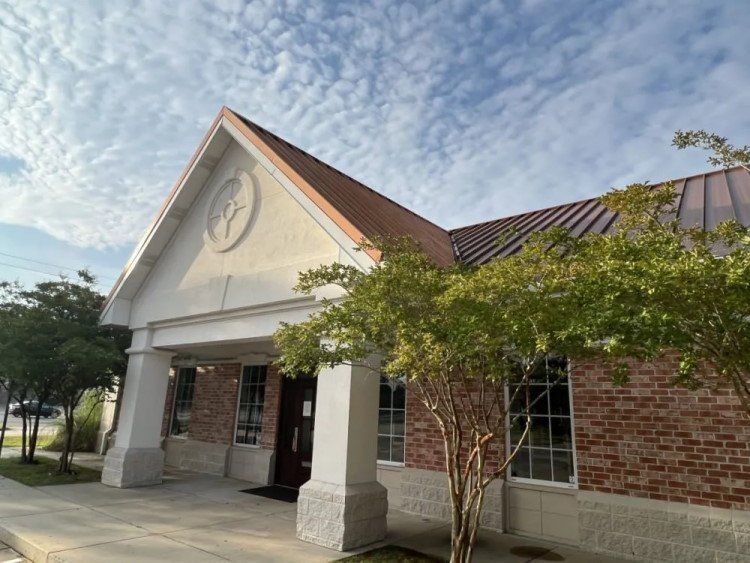
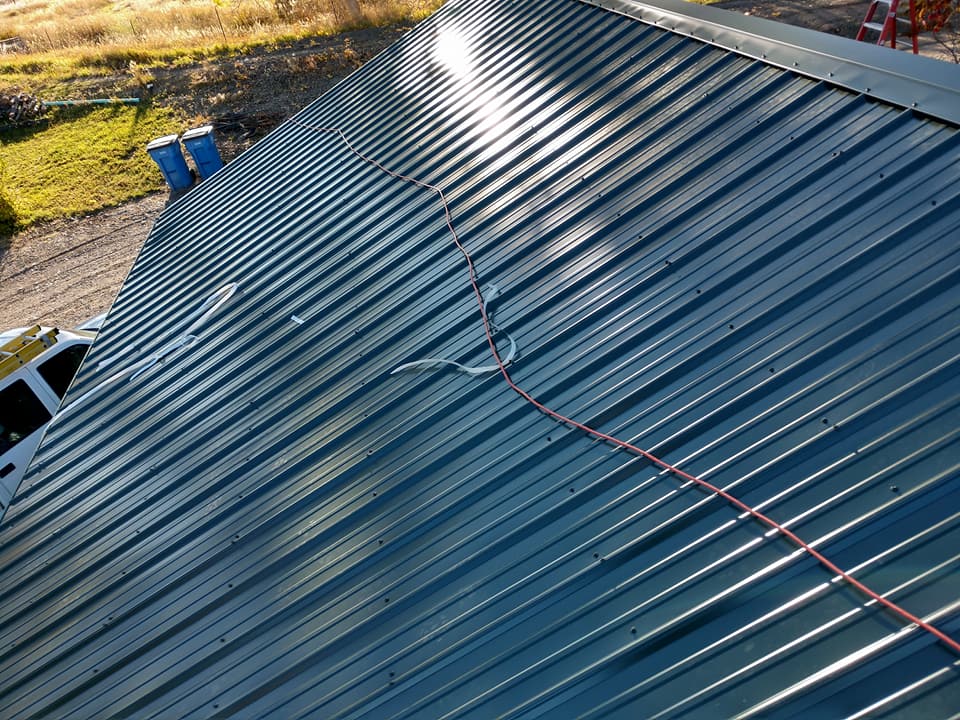

![What Is Torch Down Roofing? [Benefits and Downsides]](https://lirp.cdn-website.com/d89ea654/dms3rep/multi/opt/iStock-1092069734-6690c8ea-1920w.jpg)
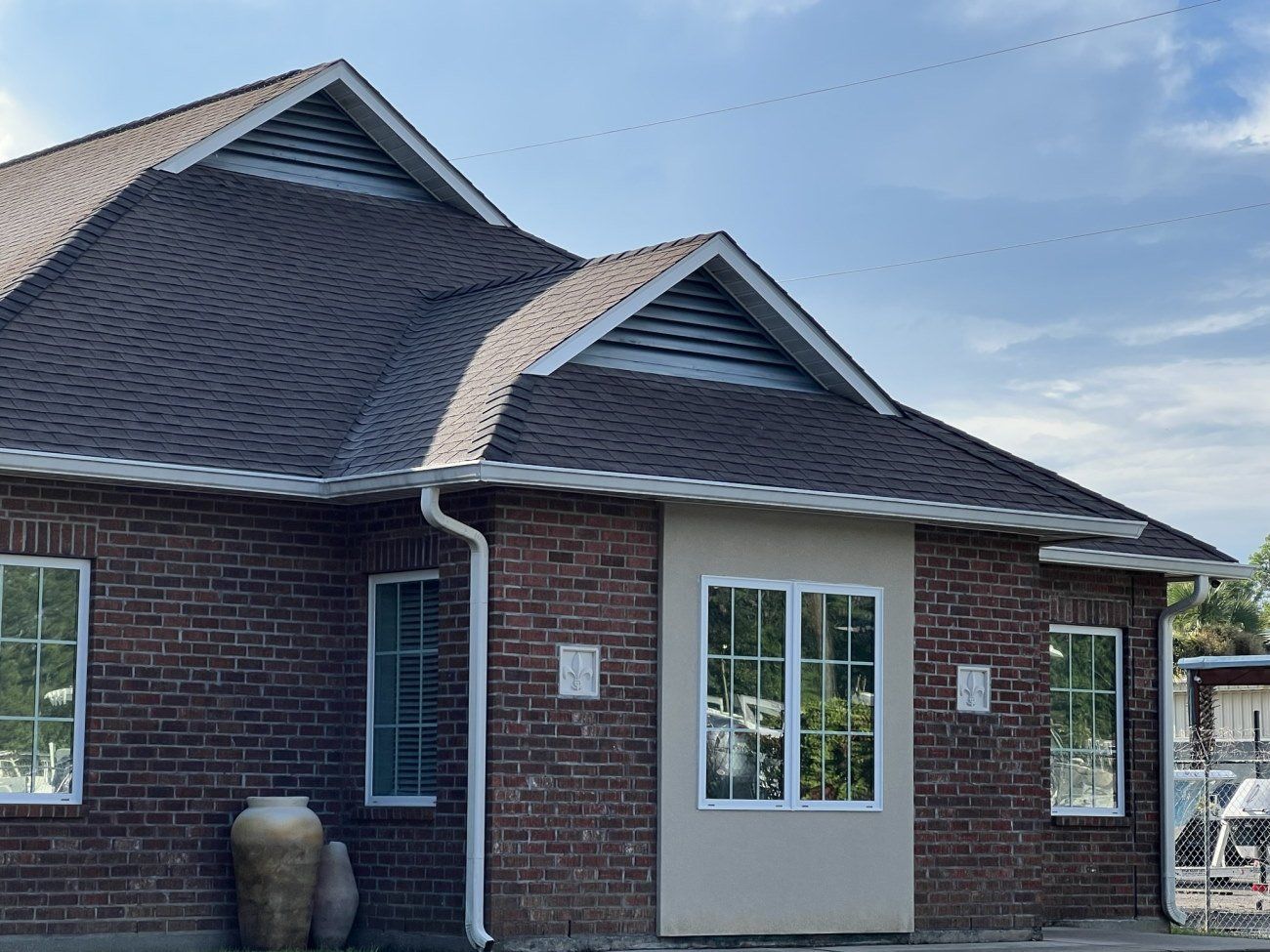
![How to Remove Moss from Your Roof [The Ultimate Guide]](https://lirp.cdn-website.com/d89ea654/dms3rep/multi/opt/older+roof+in+need+of+roof+repair+in+Orange+Beach-1920w.JPEG)
